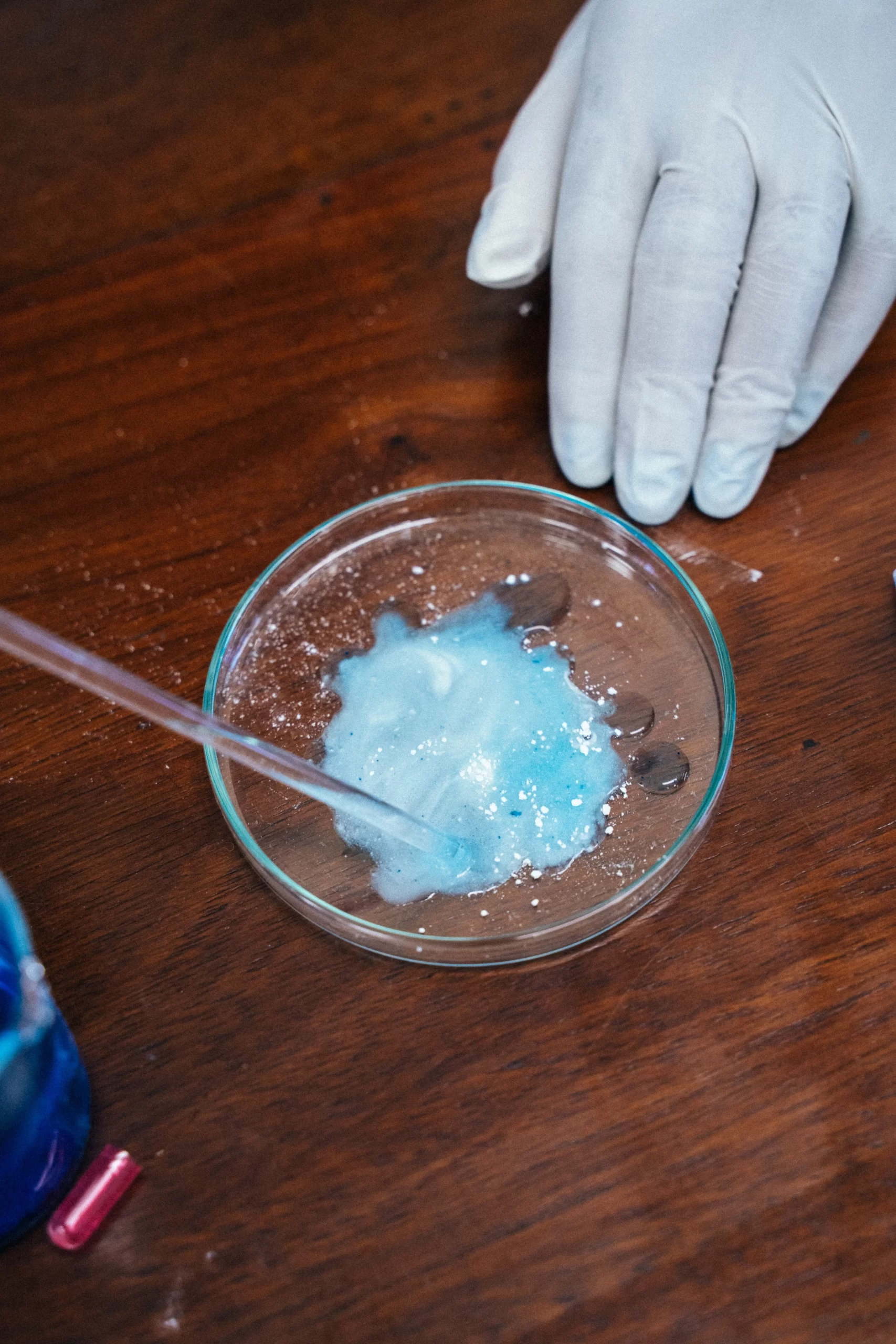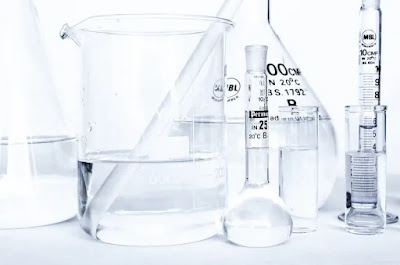Introduction
Prioritize laboratory safety for impactful research, experimentation, and analysis. Establish a secure working environment for personnel’s well-being. By implementing essential safety guidelines, laboratories can effectively reduce risks, minimize accidents, and foster a culture of safety. This article aims to provide a comprehensive overview of the fundamental safety guidelines that laboratories should follow to ensure a productive and safe working environment.

1. Familiarize Yourself with Safety Rules and Regulations
The foundation of laboratory safety lies in understanding and complying with safety rules and regulations. Laboratory personnel must thoroughly read and comprehend the safety guidelines applicable to their specific field of work. It is essential to be familiar with the regulations set forth by local authorities, government agencies, and the hosting institution. A clear understanding of the safety protocols enables personnel to actively contribute to maintaining a secure working environment.

2. Embrace Chemical Hygiene Procedures
Laboratories frequently handle hazardous chemicals, making it crucial to plan and conduct operations in accordance with established chemical hygiene procedures. These procedures outline best practices for safely handling, storing and disposing of chemicals. Personnel should receive comprehensive training to fully understand these guidelines. By adhering to chemical hygiene procedures, laboratories can minimize the risk of chemical exposures, spills, and accidents.

3. Promote Good Housekeeping Practices
Maintaining a clean and organized laboratory environment is paramount for safety. Laboratory personnel should prioritize good housekeeping practices, including keeping workspaces tidy, properly storing equipment and materials, and promptly cleaning up spills. Regular inspections and scheduled cleaning routines help identify potential hazards and ensure a clutter-free workspace, reducing the risk of accidents and facilitating efficient operations.

4. Communicate Hazardous Conditions
Open communication between laboratory personnel and supervisors is crucial for promptly identifying and addressing hazardous conditions. Personnel should be encouraged to report any potential hazards or unsafe work practices they observe. Prompt reporting leads to timely intervention, risk assessment, and implementation of corrective measures. By fostering a culture of transparency and proactive reporting, laboratories can effectively mitigate risks and maintain a safe working environment.

5. Ensure Proper Usage of Personal Protective Equipment (PPE)
Minimizing exposure to hazardous substances requires the proper usage of Personal Protective Equipment (PPE). Laboratory personnel should be provided with appropriate PPE and receive thorough training on its usage, including gloves, goggles, lab coats, face shields, and respiratory protection when necessary. It is essential to assess the risks associated with each procedure and ensure that the appropriate PPE is readily available and utilized. Regular inspections should verify the functionality and condition of PPE, promptly replacing damaged or expired equipment.

Conclusion
Make laboratory safety the top priority. Essential guidelines create a safe working environment for personnel in labs. These guidelines encompass a range of practices, such as familiarizing oneself with and adhering to safety regulations, adopting chemical hygiene procedures, promoting good housekeeping, fostering open communication regarding hazardous conditions, and ensuring the correct utilization of Personal Protective Equipment (PPE). By implementing these guidelines, laboratories can effectively reduce risks, prevent accidents, and nurture a safety-oriented culture, thereby facilitating scientific progress within a secure and protected setting.
You can also check out this Laboratory Safety Manual from Cornell University for more information on laboratory safety.
Frequently Asked Questions (FAQs)
Q: Why are safety guidelines important in laboratories?
A: Safety guidelines are of utmost importance in laboratories as they play a critical role in protecting personnel, maintaining a secure working environment, and minimizing the risks associated with accidents or exposure to hazardous substances. By adhering to these guidelines, individuals’ well-being is ensured, and a culture of safety is nurtured.
Q: What are some common safety rules and regulations in laboratories?
A: Laboratories commonly adhere to a set of safety rules and regulations to prioritize the well-being of all personnel. These regulations encompass guidelines for handling hazardous chemicals, proper utilization of personal protective equipment (PPE), practising effective housekeeping, communication of hazardous conditions, and compliance with safety regulations established by local authorities and institutions.
Q: How can laboratory personnel familiarize themselves with safety rules and regulations?
A: It is crucial for laboratory personnel to become well-versed in safety rules and regulations by thoroughly reviewing and understanding specific guidelines relevant to their work. Staying up-to-date with the regulations established by local authorities, government agencies, and the institution is of utmost importance. Regular training sessions and workshops also play a vital role in enhancing understanding and effectively implementing safety protocols.

Q: What are chemical hygiene procedures, and why are they important?
A: Chemical hygiene procedures are essential guidelines implemented within laboratories to ensure the safe handling, storage, and disposal of hazardous chemicals. These procedures hold significant importance as they help prevent chemical exposures, spills, and accidents. By strictly adhering to chemical hygiene procedures, laboratories can effectively mitigate risks, ensure the safety of personnel, and protect the surrounding environment.
Q: What are some good housekeeping practices in laboratories?
A: Good housekeeping practices are imperative within laboratory environments. They include maintaining cleanliness and organization in workspaces, proper storage of equipment and materials, prompt cleanup of spills, and conducting regular inspections to identify and address potential hazards. Adhering to these practices helps create a safe and efficient working environment.
Q: Why is communication about hazardous conditions important in laboratories?
A: Communication about hazardous conditions is crucial in laboratories as it enables the prompt identification and resolution of potential risks. Encouraging open lines of communication empowers personnel to report unsafe work practices or potential hazards they observe. Timely reporting facilitates effective risk assessment, intervention, and implementation of corrective measures, ensuring a safe working environment.
Q: What is the significance of using personal protective equipment (PPE) in laboratories?
A: The significance of using personal protective equipment (PPE) in laboratories lies in its ability to minimize exposure to hazardous substances. Wearing appropriate PPE, such as gloves, goggles, lab coats, face shields, and respiratory protection when necessary, helps protect laboratory personnel from potential risks. Assessing the risks associated with each procedure and ensuring the proper use of PPE promotes the safety and well-being of individuals working in the laboratory.
Q: How can laboratories ensure the proper usage of personal protective equipment (PPE)?
A: Laboratories can promote the appropriate utilization of personal protective equipment (PPE) by offering thorough training to personnel on the correct usage of each type of PPE. It is important to conduct regular inspections to evaluate the functionality and condition of the PPE, promptly replacing any damaged or expired equipment. Assessing the risks associated with laboratory procedures is essential in determining the suitable PPE needed for each task.



1 thought on “Laboratory Safety: Guidelines for a Secure Environment”
Comments are closed.